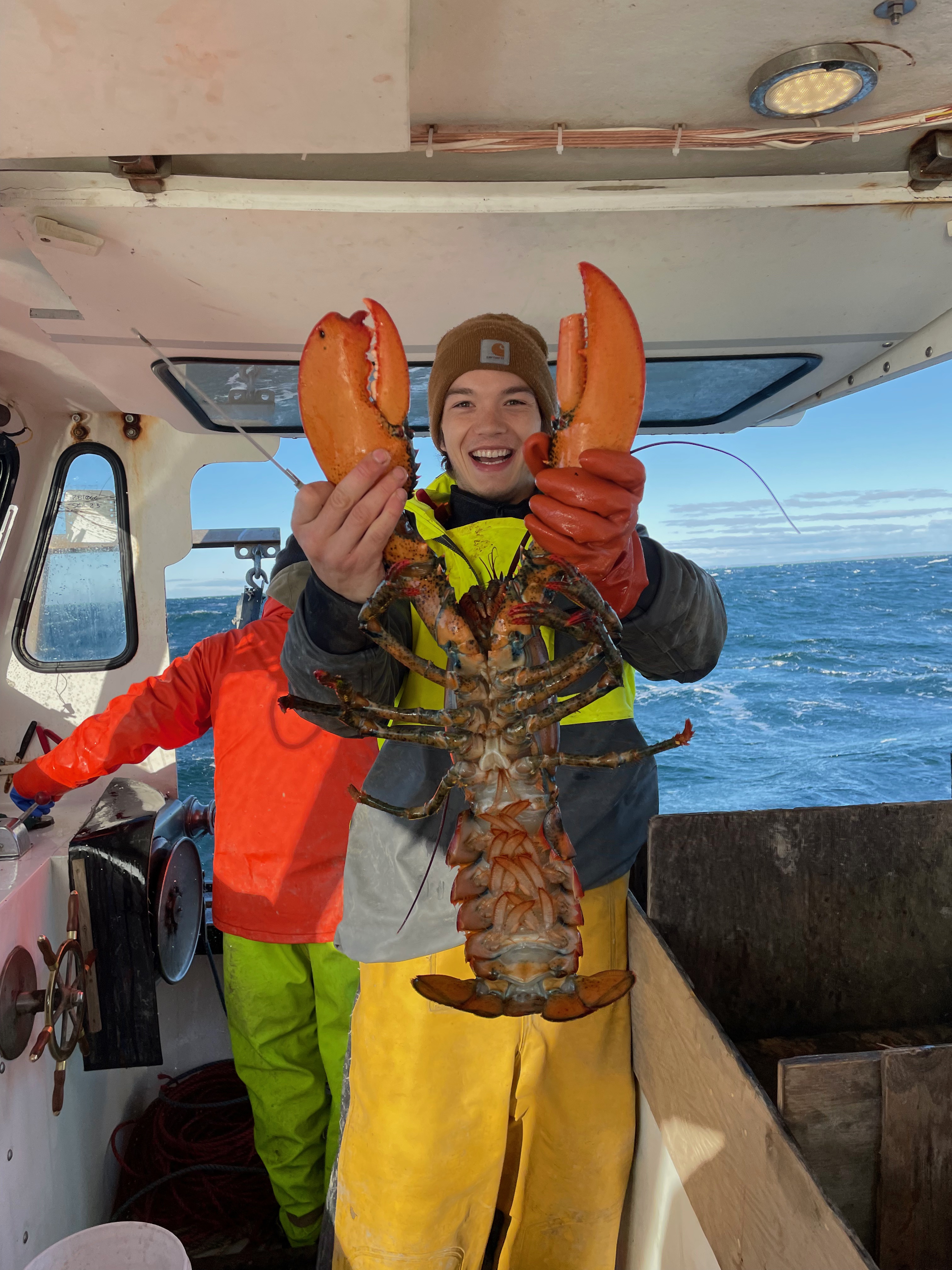Trap Site Selection and Sampling
Published:
Trap locations are selected for the commercial trapping survey through random grid sampling. This method is adapted from the Ventless Trap Survey performed by Vineyard Wind I.
Each of the two 1 km. x 1 km. study areas is broken into a 6 x 6 grid of 36 ‘aliquots’. Of these aliquots 18 are randomly selected without replacement for sampling with a trap pair for 50 % grid coverage. Trap pairs consist of a co-located ventless and vented trap.
# Randomly select aliquots for Commercial Trap Survey sampling
# Everett Rzeszowski | Sept. 27, 2021
grid = seq(1,36,1)
# fall 2021 Site Selection
set.seed(509382) # reproducible result
s1 <- sample(grid, 18, replace = F) # test grid
set.seed(675483920394586) # reproducible result
s2 <- sample(grid, 18, replace = F) # control grid
The vented traps are industry standards, ~ 4 feet long with 2 escape vents to allow juvenile (sub-legal) lobsters to enter and exit traps freely. Therefore, these traps are targeting the landable (legal) size class of lobster. The ventless traps require a special license from Maine Dept. of Marine Resources (ME DMR) to fish and do not feature escape vents. This allows the ventless trap to capture both sub-legal and legal lobsters, enabling us to sample the population more holistically.
Each trap is baited with pogy and then set in the center of its selected aliquot. The target soak time for each sampling haul is 4 nights but due to weather and scheduling soaks may last from 3- 7 nights depending on conditions. We try to keep soak time constant because catch per unit effort is not constant over a given soak period due to bait consumption and degradation as well as behavioral interactions between trapped animals. This can be accounted for by modelling a decrease in bait attractiveness as a decrease in effective effort per trap over time.

